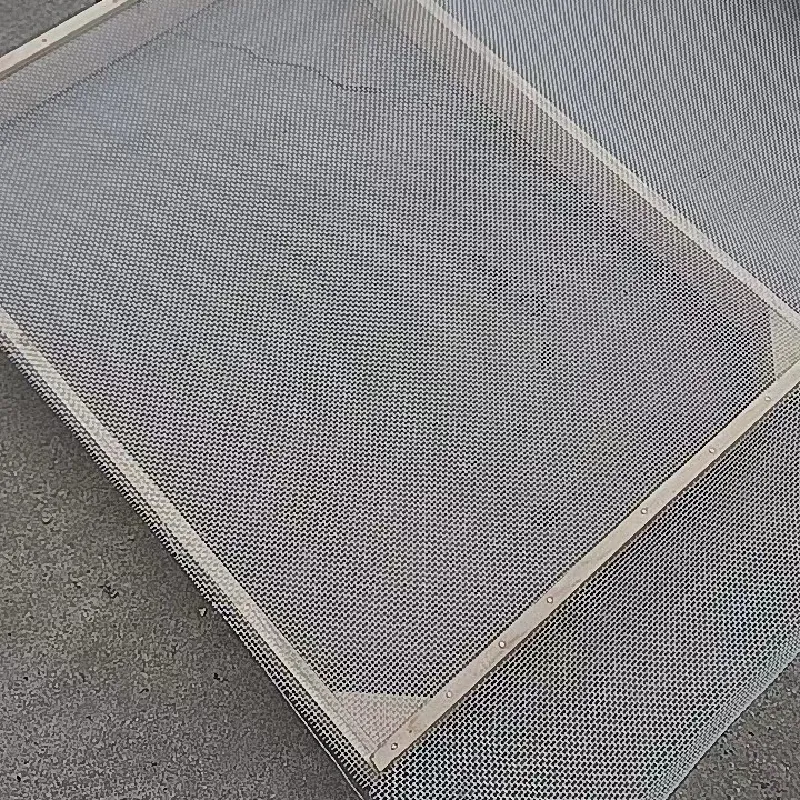-
 Afrikaans
Afrikaans -
 Albanian
Albanian -
 Amharic
Amharic -
 Arabic
Arabic -
 Armenian
Armenian -
 Azerbaijani
Azerbaijani -
 Basque
Basque -
 Belarusian
Belarusian -
 Bengali
Bengali -
 Bosnian
Bosnian -
 Bulgarian
Bulgarian -
 Catalan
Catalan -
 Cebuano
Cebuano -
 China
China -
 Corsican
Corsican -
 Croatian
Croatian -
 Czech
Czech -
 Danish
Danish -
 Dutch
Dutch -
 English
English -
 Esperanto
Esperanto -
 Estonian
Estonian -
 Finnish
Finnish -
 French
French -
 Frisian
Frisian -
 Galician
Galician -
 Georgian
Georgian -
 German
German -
 Greek
Greek -
 Gujarati
Gujarati -
 Haitian Creole
Haitian Creole -
 hausa
hausa -
 hawaiian
hawaiian -
 Hebrew
Hebrew -
 Hindi
Hindi -
 Miao
Miao -
 Hungarian
Hungarian -
 Icelandic
Icelandic -
 igbo
igbo -
 Indonesian
Indonesian -
 irish
irish -
 Italian
Italian -
 Japanese
Japanese -
 Javanese
Javanese -
 Kannada
Kannada -
 kazakh
kazakh -
 Khmer
Khmer -
 Rwandese
Rwandese -
 Korean
Korean -
 Kurdish
Kurdish -
 Kyrgyz
Kyrgyz -
 Lao
Lao -
 Latin
Latin -
 Latvian
Latvian -
 Lithuanian
Lithuanian -
 Luxembourgish
Luxembourgish -
 Macedonian
Macedonian -
 Malgashi
Malgashi -
 Malay
Malay -
 Malayalam
Malayalam -
 Maltese
Maltese -
 Maori
Maori -
 Marathi
Marathi -
 Mongolian
Mongolian -
 Myanmar
Myanmar -
 Nepali
Nepali -
 Norwegian
Norwegian -
 Norwegian
Norwegian -
 Occitan
Occitan -
 Pashto
Pashto -
 Persian
Persian -
 Polish
Polish -
 Portuguese
Portuguese -
 Punjabi
Punjabi -
 Romanian
Romanian -
 Russian
Russian -
 Samoan
Samoan -
 Scottish Gaelic
Scottish Gaelic -
 Serbian
Serbian -
 Sesotho
Sesotho -
 Shona
Shona -
 Sindhi
Sindhi -
 Sinhala
Sinhala -
 Slovak
Slovak -
 Slovenian
Slovenian -
 Somali
Somali -
 Spanish
Spanish -
 Sundanese
Sundanese -
 Swahili
Swahili -
 Swedish
Swedish -
 Tagalog
Tagalog -
 Tajik
Tajik -
 Tamil
Tamil -
 Tatar
Tatar -
 Telugu
Telugu -
 Thai
Thai -
 Turkish
Turkish -
 Turkmen
Turkmen -
 Ukrainian
Ukrainian -
 Urdu
Urdu -
 Uighur
Uighur -
 Uzbek
Uzbek -
 Vietnamese
Vietnamese -
 Welsh
Welsh -
 Bantu
Bantu -
 Yiddish
Yiddish -
 Yoruba
Yoruba -
 Zulu
Zulu
insect cage mesh
The Importance of Insect Cage Mesh in Research and Conservation
Insect research plays a pivotal role in understanding ecological dynamics, pest control, and even human health. One indispensable tool that has emerged in this field is insect cage mesh, an innovative solution that offers numerous benefits for researchers and conservationists alike. Insect cage mesh, designed specifically for the rearing and observation of various insect species, brings precision and effectiveness to entomological studies.
Insect cage mesh serves several purposes, foremost among them being the controlled environment it provides for insects. Researchers can maintain specific temperature, humidity, and light conditions, all of which are critical for studying insect behavior, life cycles, and interactions. For example, when observing the mating habits of butterflies, the right conditions can significantly impact mating success and oviposition rates. A well-designed insect cage mesh allows for fine-tuning of these environmental factors, leading to more accurate and reproducible results.
Moreover, the use of insect cage mesh facilitates close observation and experimentation without the risk of insect escape
. This feature is particularly important in studies involving fragile species or those that are part of conservation efforts. Protecting endangered insect species, such as certain butterflies and beetles, requires meticulous attention to detail, and the right mesh can help researchers avoid accidental escapes that could jeopardize the study or the population's recovery.Insect cage mesh also allows researchers to implement various experimental designs. For instance, in studying the effects of certain pesticides or fertilizers, researchers can use mesh cages to create controlled environments for test and control groups. This ability to isolate variables is crucial for drawing meaningful conclusions and advancing agricultural practices or pest management strategies.
insect cage mesh

Conservation efforts have also benefited significantly from the use of insect cage mesh. With the increasing threats of habitat loss and climate change, many species are struggling to survive in their natural environments. By utilizing insect cages equipped with specialized mesh, conservationists can establish temporary habitats for the insects, allowing them to reproduce safely until their natural habitats are restored or protected. This practice has proven effective for restoring specific butterfly populations, among others, thus aiding in the maintenance of biodiversity.
Furthermore, the material choice in the construction of insect cage mesh is typically woven or plastic, ensuring durability while also being lightweight. This versatility makes them easy to transport, set up, and manage. The mesh is designed to allow sufficient airflow while keeping out unwanted pests, thus mimicking natural conditions that insects would encounter in the wild.
In addition to its functional benefits, insect cage mesh has an aesthetic aspect. Many designs incorporate transparent materials that offer unobstructed views of the insects within. This transparency not only enhances the research experience but also allows for educational opportunities, as schools and institutions can use these cages to engage students and the public in learning about insect biology and conservation.
In conclusion, insect cage mesh is a vital tool in the fields of research and conservation. By providing controlled environments, reducing escape risks, and allowing for diverse experimental designs, it contributes significantly to our understanding of insect life. As we continue to face environmental challenges, the role of such innovative solutions in promoting sustainability and biodiversity will only become more pronounced, making the study of insects even more crucial for our ecosystems.
-
Shipping Plastic Bags for Every NeedNewsJul.24,2025
-
Safety Netting: Your Shield in ConstructionNewsJul.24,2025
-
Plastic Mesh Netting for Everyday UseNewsJul.24,2025
-
Nylon Netting for Every UseNewsJul.24,2025
-
Mesh Breeder Box for Fish TanksNewsJul.24,2025
-
Expanded Steel Mesh Offers Durable VersatilityNewsJul.24,2025











